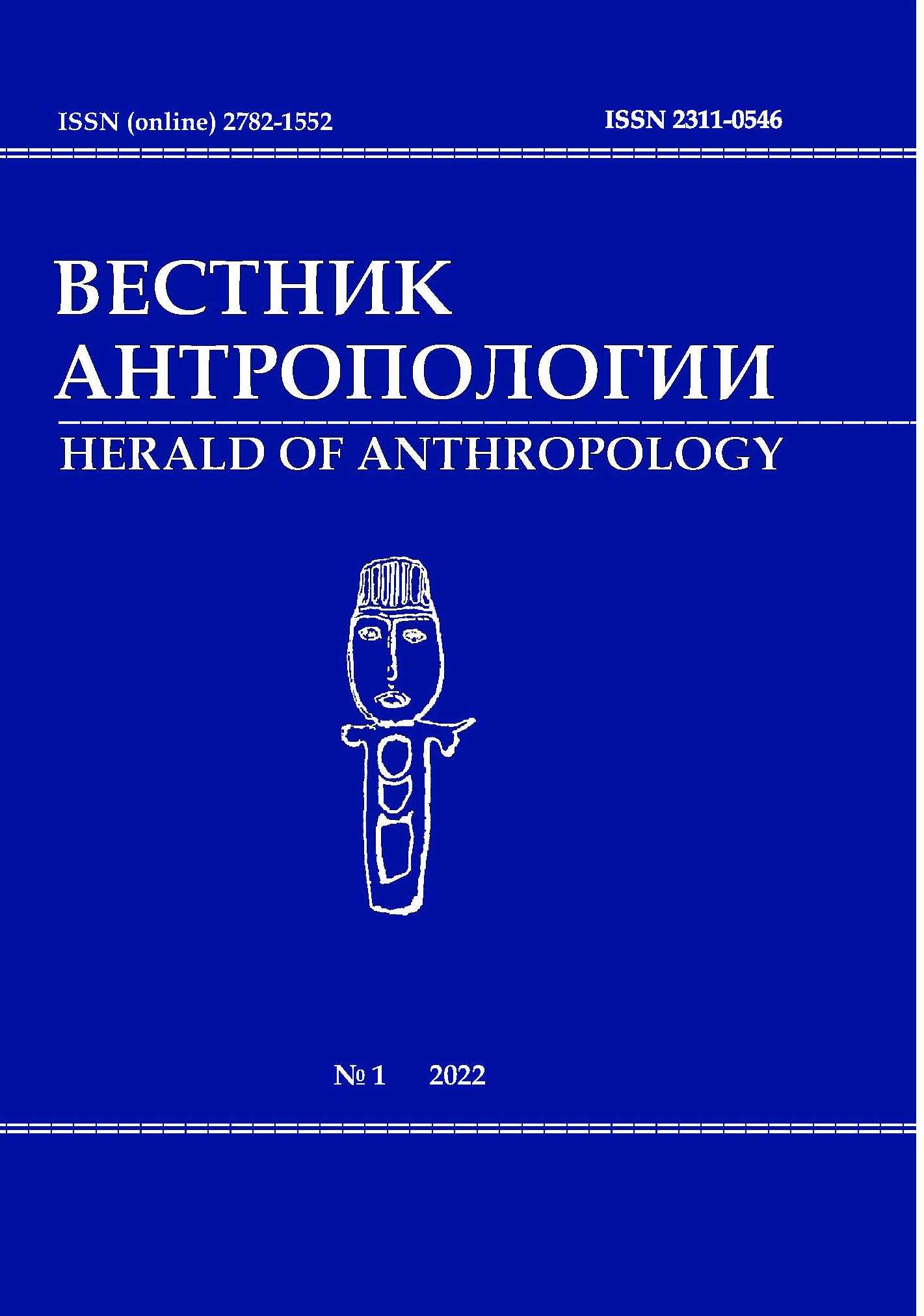«Новый мир» на краю деревни: родовые поместья и соседи
DOI: 10.33876/2311-0546/2022-1/104-116
Ключевые слова:
экопоселения, родовые поместья, город, село, анастасийцы, «Звенящие кедры России»Аннотация
Поселения родовых поместий (экопоселения) возникли в начале 2000-х годов под влиянием серии книг Владимира Мегре «Звенящие кедры России». Обычно они объединяют жителей, интересующихся идеями здорового образа жизни, органического земледелия и зачастую духовными поисками. На сегодняшний день в России насчитывается около 500 поселений в разных регионах, но в первую очередь в Европейской части и на юге страны. Желание построить «новый мир» – это одновременно и отказ от следования преемственности традиционному селу и попытка реконструировать национальный проект и образ жизни «далеких предков». Строителям родовых поместий необходимо создать всю инфраструктуру, договориться с соседями и администрацией, построить дом и придумать способ заработка вне города. Общение с местными жителями не входит в первоочередные задачи переселенцев, часто бывает посредник, который берет на себя контакты с органами власти и сельскими жителями. Приезжие встречают среди местных жителей непонимание и подозрения в сектантстве. Поселенцы позиционируют себя миссионерами, просвещающими местную публику. При этом, несмотря на колонизаторский пафос, сколько бы лет переселенцы ни прожили в селе, для местных жителей они все равно остаются чужаками и, по сути, не допускаются на общих основаниях к ресурсам села.






















